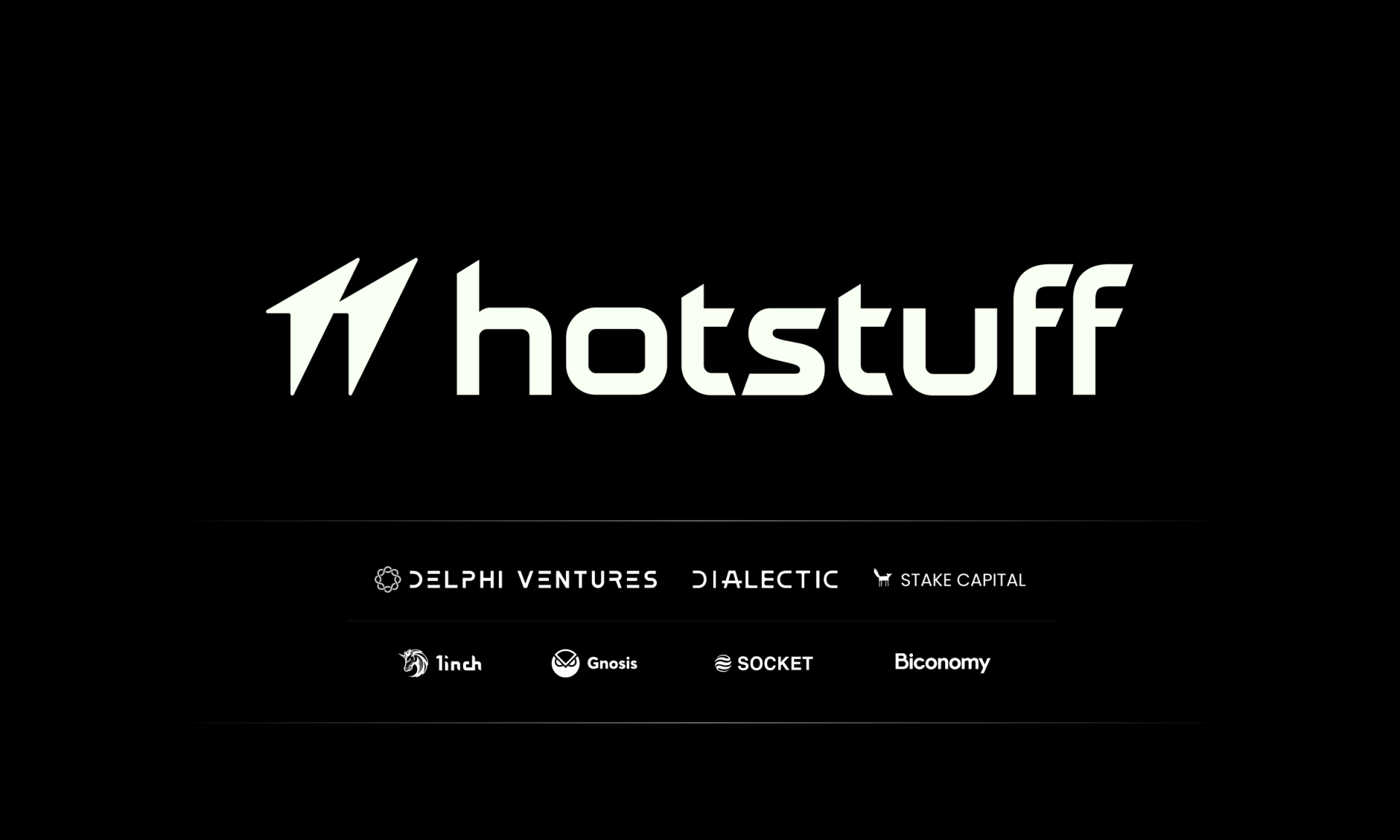A permissionless blockchain is a system that operates without any “gatekeepers” or central authorities. It allows anyone to participate and use the blockchain network without requiring prior permission. This concept is commonly associated with cryptocurrencies like Bitcoin.
In a permissionless blockchain, such as Bitcoin, there are no restrictions on who can use the network and for what purpose. Users have the freedom to make transactions, create smart contracts, and interact with the blockchain as they see fit, as long as they adhere to the protocol’s rules. No single entity holds the power to control or censor transactions on the network.
One of the key advantages of a permissionless blockchain is its resistance to censorship. Transactions on a permissionless blockchain cannot be censored or blocked by any government or central authority. This makes permissionless blockchains particularly appealing to individuals and organizations that may be restricted by traditional financial systems or face political and economic challenges.
For example, political dissidents can use permissionless blockchains to secure their financial transactions and communicate without the fear of censorship or government intervention. Similarly, organizations like WikiLeaks, which have been blacklisted by traditional financial systems, can rely on permissionless blockchains to receive donations and support their activities.
While permissionless blockchains offer greater freedom and accessibility, they also come with some drawbacks. The open nature of these networks makes them more susceptible to malicious activities, such as double-spending or Sybil attacks. However, various consensus mechanisms, such as proof-of-work (PoW) and proof-of-stake (PoS), have been developed to address these security concerns and ensure the integrity of permissionless blockchains.
Examples of permissionless blockchains include:
- Bitcoin: The first and most well-known permissionless blockchain, Bitcoin allows users to send and receive digital currency without relying on intermediaries.
- Ethereum: A programmable blockchain platform that enables the creation of decentralized applications (dApps) and smart contracts.
- Monero: A privacy-focused cryptocurrency that provides enhanced anonymity and fungibility.
On the other hand, permissioned blockchains operate under a different model. In a permissioned blockchain, access to the network is restricted to a specific group of participants who are granted permission to join and interact with the blockchain. These blockchains are often used by enterprises for internal purposes or consortiums where trusted entities collaborate.
Permissioned blockchains offer benefits such as increased privacy, faster transaction speeds, and greater control over the network. However, they sacrifice the decentralized and censorship-resistant nature of permissionless blockchains in favor of a more controlled and regulated environment.
Examples of permissioned blockchains include:
- Facebook’s Diem (formerly Libra): A permissioned blockchain designed for facilitating global digital currency transactions.
- Hyperledger Fabric: An open-source permissioned blockchain framework used for building enterprise solutions.
It’s important to note that the permissionless vs. permissioned blockchain distinction is not always binary. Some blockchains implement a hybrid approach, where certain elements are permissionless while others are permissioned.
In conclusion, a permissionless blockchain allows anyone to participate and use the network without requiring prior permission. It offers greater freedom, accessibility, and resistance to censorship compared to permissioned blockchains. However, permissionless blockchains also come with security challenges that need to be addressed through consensus mechanisms. Examples of permissionless blockchains include Bitcoin, Ethereum, and Monero.














